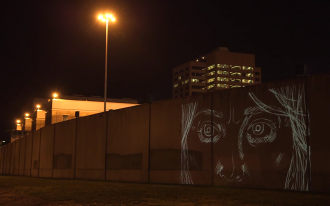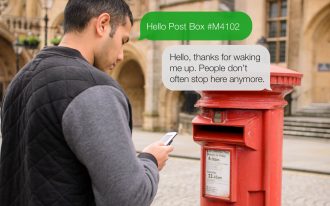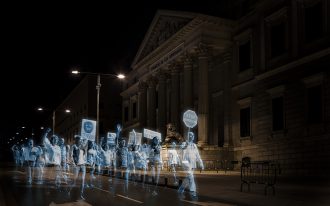Sue Ding is a documentary filmmaker, media consultant, and MIT Open Documentary Lab researcher.
Her research at MIT explores the creative and sociopolitical potential of location-based media, participatory documentary, and augmented reality. In addition to consulting on interactive and multiplatform projects, she produces and shoots a broad range of nonfiction media, from 360 videos to award-winning broadcast and feature documentaries.
Re-Enchanting Spaces: Participatory Location-Based Media
Location-based media—physically or digitally linked to physical locations, conceptually connected to these locations, and designed to be experienced onsite—have always played a key role in defining both spaces and publics. With increasingly sophisticated mobile, imaging, and geolocation technologies, location-based media are now ubiquitous in areas including art, gaming, marketing, community organizing, architecture, and tourism. However, many of these projects hew to traditional one-to-many, author-reader media consumption models.
Some creators, though, embrace the affordances of networked locative technologies, drawing on participatory approaches that reimagine conventional forms of storytelling. Participatory works that allow users to shape the narrative—becoming deeply invested as co-creators—challenge traditional notions of authorship and consumption. Drawing on the profound power of both community and place, as well as the rich tradition of spatial narrative, participatory location-based media possess vast creative, social, and political potential. They invite us to reexamine our conceptions of narrative, documentary, and space itself.
The projects below—from chalk drawings to soundscapes to augmented reality protests—exemplify the pluralistic, collaborative, playful, subversive, and transformative documentary affordances of participatory location-based media.








